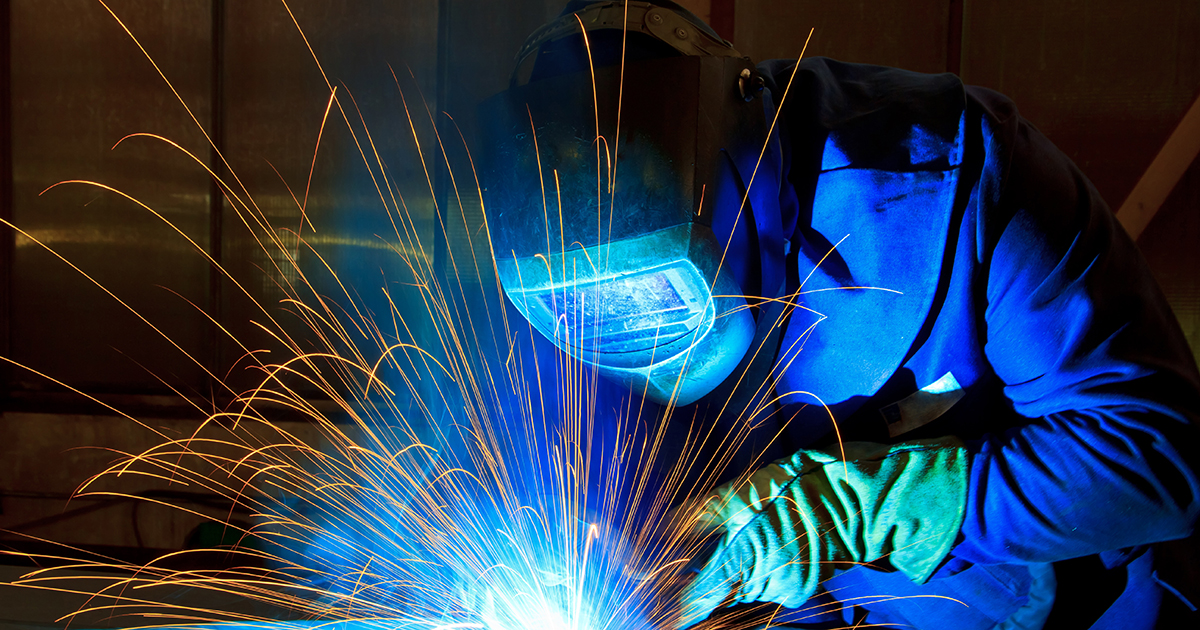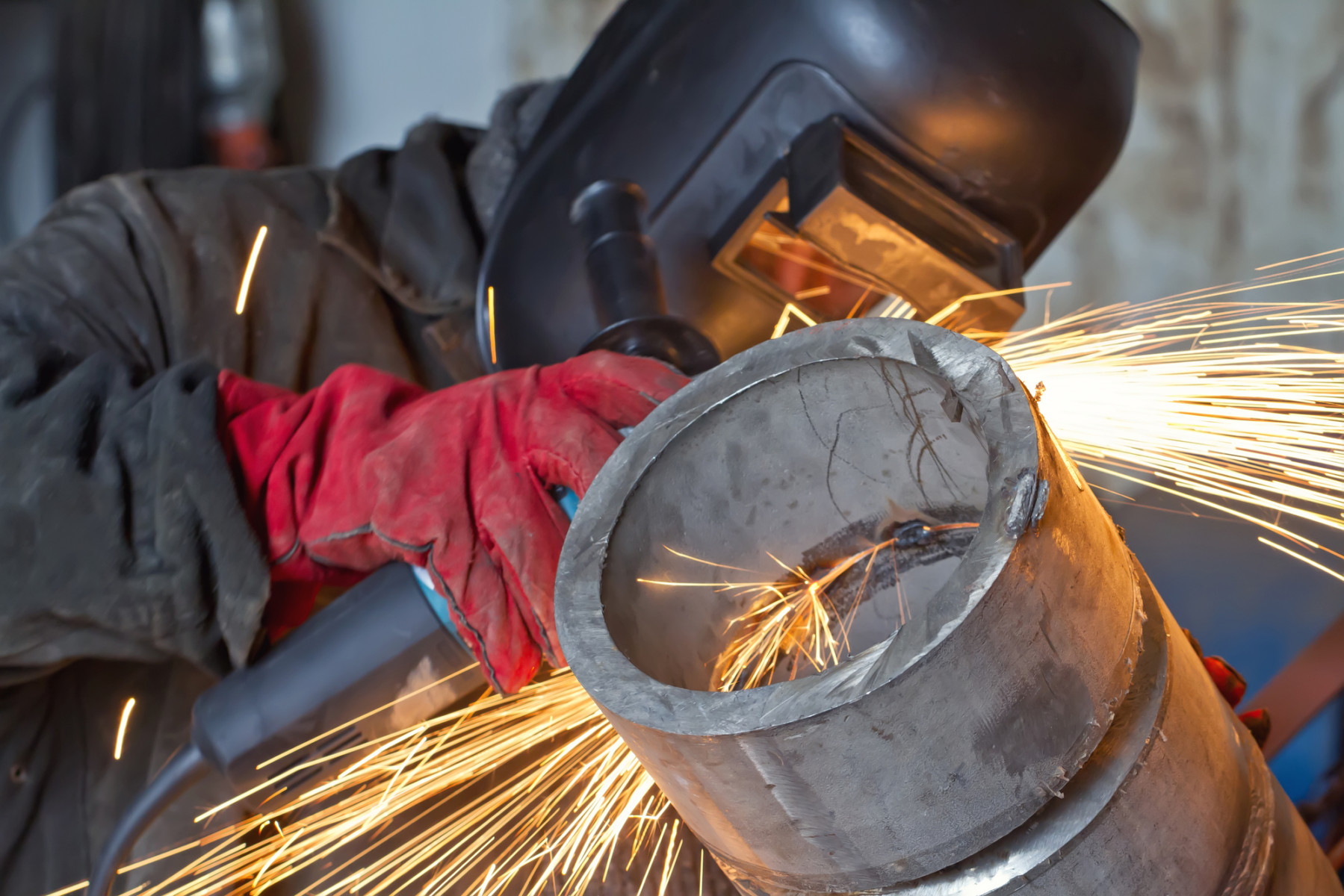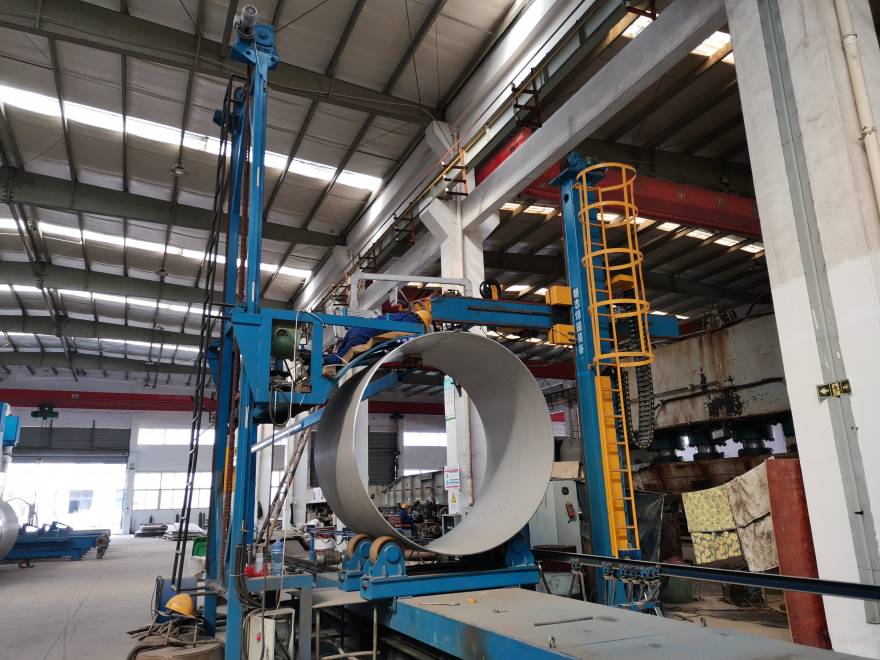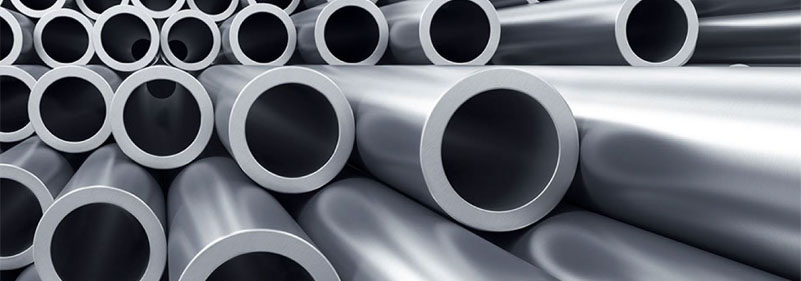What are the types of welding?
Welding: usually refers to the welding of metal. It is a forming method to connect two separated objects into one by heating or pressurizing, or both at the same time.
Classification: according to the different heating degree and process characteristics in the welding process, the welding methods can be divided into 3 categories.
(1) Fusion welding The welding part of the workpiece is locally heated to the melting state to form a molten pool (usually filled with filler metal). After cooling and crystallization, the weld is formed, which is combined into an inseparable whole by the welder. Common fusion welding methods include gas welding, arc welding, electroslag welding, plasma arc welding, electron beam welding, laser welding, etc.

(2) Pressure welding In the welding process, whether heated or not, pressurized welding method is required. Common pressure welding includes resistance welding, friction welding, cold pressure welding, diffusion welding, explosion welding, etc.
(3) Brazing After the solder (filler metal) whose melting point is lower than that of the metal to be welded is melted, the joint gap is filled and diffused with the metal to be welded to realize connection. In the brazing process, the welded parts do not melt and generally have no plastic deformation.
Characteristics of welding production:
(1) Save metal materials and light structure weight.
(2) To make heavy and complex machine parts, simplify casting, forging and cutting processes, and obtain the best technical and economic results.
(3) The welded joint has good mechanical properties and tightness.
(4) It can manufacture bimetallic structure and make full use of the properties of materials.

Application: welding technology is widely used in machine manufacturing, shipbuilding industry, construction engineering, power equipment production, aviation and aerospace industry.
Disadvantages: the welding technology also has some disadvantages, such as the welding structure is not detachable, which brings inconvenience to maintenance; There will be welding stress and deformation in the welded structure; The microstructure and properties of welded joints are often uneven, and welding defects will occur.
Welding process is also a very important part in stainless steel pipeline system. Welded pipe has the advantages of simple production process, high production efficiency, many varieties and specifications and wide application. The size of stainless steel welded pipe provided by Mtsco can reach φ 168*3mm— φ 3000 * 60MM, which can meet the needs of most applications. Welcome to consult


 English
English 中 文
中 文 Español
Español Português
Português Deutsch
Deutsch Türk
Türk Pусский
Pусский عربي
عربي 한국인
한국인 日本語
日本語
